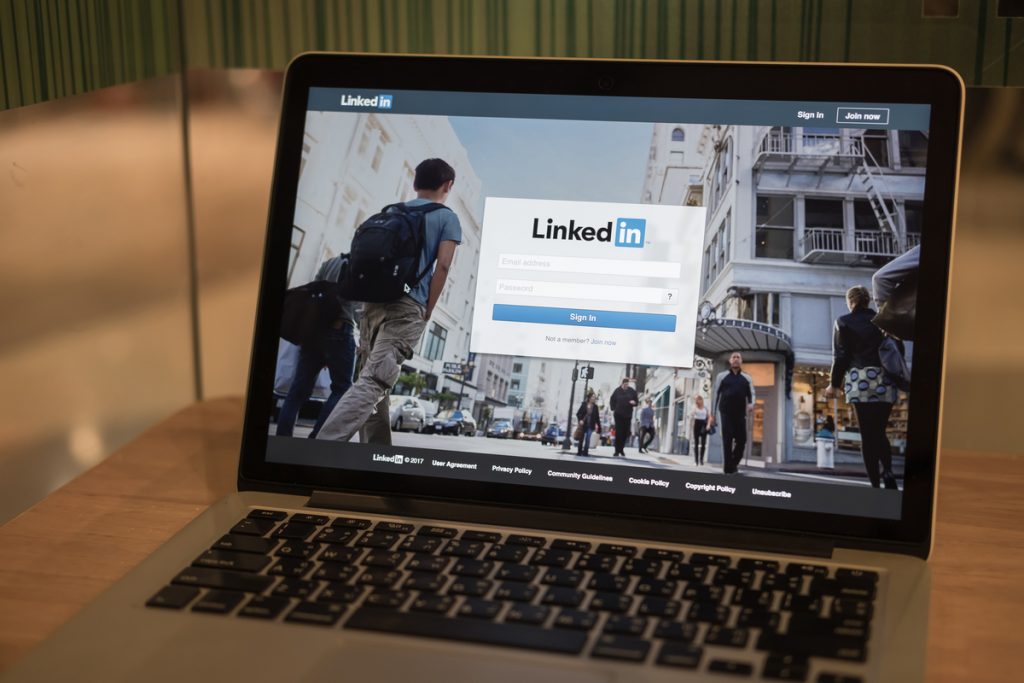
LinkedIn has become an invaluable business tool, supporting nearly 600 million business professionals around the World. Now well beyond a tool for recruiters and job seekers, the site has proven valuable for B2B buyers searching for information to make business decisions. And that’s why it is crucial that brand promoters trying to reach these buyers with informative content understand how LinkedIn’s algorithm works. In one of our previous blogs, we discussed how understanding Twitter’s algorithm is crucial to brand growth, but Twitter is far from the only social media platform using an algorithm to filter its content. Today, we’ll look at how LinkedIn integrates engagement, relevancy, and quality criteria into their algorithm so you can position your content for wider visibility.
Engagement
LinkedIn analyzes the engagement on your posts, following not only the amount of people who like, share, or comment on your post, but also the characteristics of the individuals who engage with that content. LinkedIn especially keeps track of employee engagement. If your employees are engaging with your content along with tagging you in their own posts, LinkedIn rewards your content. Bear in mind that LinkedIn penalizes accounts that post content every day at the exact same time of day, because of their preference of “natural” posting schedules over regular ones. It’s important to schedule your daily posts at different times (including weekends) to better navigate LinkedIn’s filters and allow your content to reach your target audience.
Relevancy
The first filter your post goes through in the LinkedIn algorithm is a “spam” filter that analyzes the relevancy of your content and audience. While that is fairly intuitive, you must consider the broader LinkedIn audience and your group of followers. What we mean is that LinkedIn judges content relevancy by tracking the engagement from the audience that directly follow you. If you create content that you are sure that your group of followers will engage with, then your content will do well with the algorithm and be presented more frequently. Of course, the converse is also true — if you have a large audience that isn’t related to what you post about, your content will not fare well. In other words, bigger audiences are not always better, particularly if the audience members don’t relate to what you post about. Another way to become relevant to more readers is through the use of hashtags. While hashtags are useful when targeting an audience, using humorous or unprofessional hashtags will hinder your posts’ promotional success. LinkedIn reinforces a professional brand image, and posts of a humorous or social nature are not rewarded.
Quality
Having the highest quality post possible is not only beneficial for viewer success but also benefits your chances of passing through LinkedIn’s algorithmic filters. Factors that benefit the quality of your post and are rewarded by the LinkedIn algorithm include:
- Using credible or trustworthy sources (citing them and linking to them)
- Using original content that is thoughtful, and if possible, data driven
- Posting LinkedIn live videos that show something new, unique
- Posting content other than just text (for example using pictures, videos, links, etc.)
- Using @mentions in your posts to cite third parties that substantiate your post
High-quality posts encourage users to engage with your profile, increasing the chances of your content to filter through users’ pages for longer periods of time.
As a reminder, LinkedIn’s platform is designed for business owners, prospective customers, and potential employees who view and engage with posts every day. It has strong value for those selling products and services and those looking for jobs, funding, and partners. For that reason, a tremendous number of business is transacted through the platform. Therefore, it is critical to ensure your content reaches LinkedIn’s algorithmic standards of quality, engagement, and relevancy to optimize your brand presence and growth.
Subscribe for more information on B2B social media marketing and PR insights!